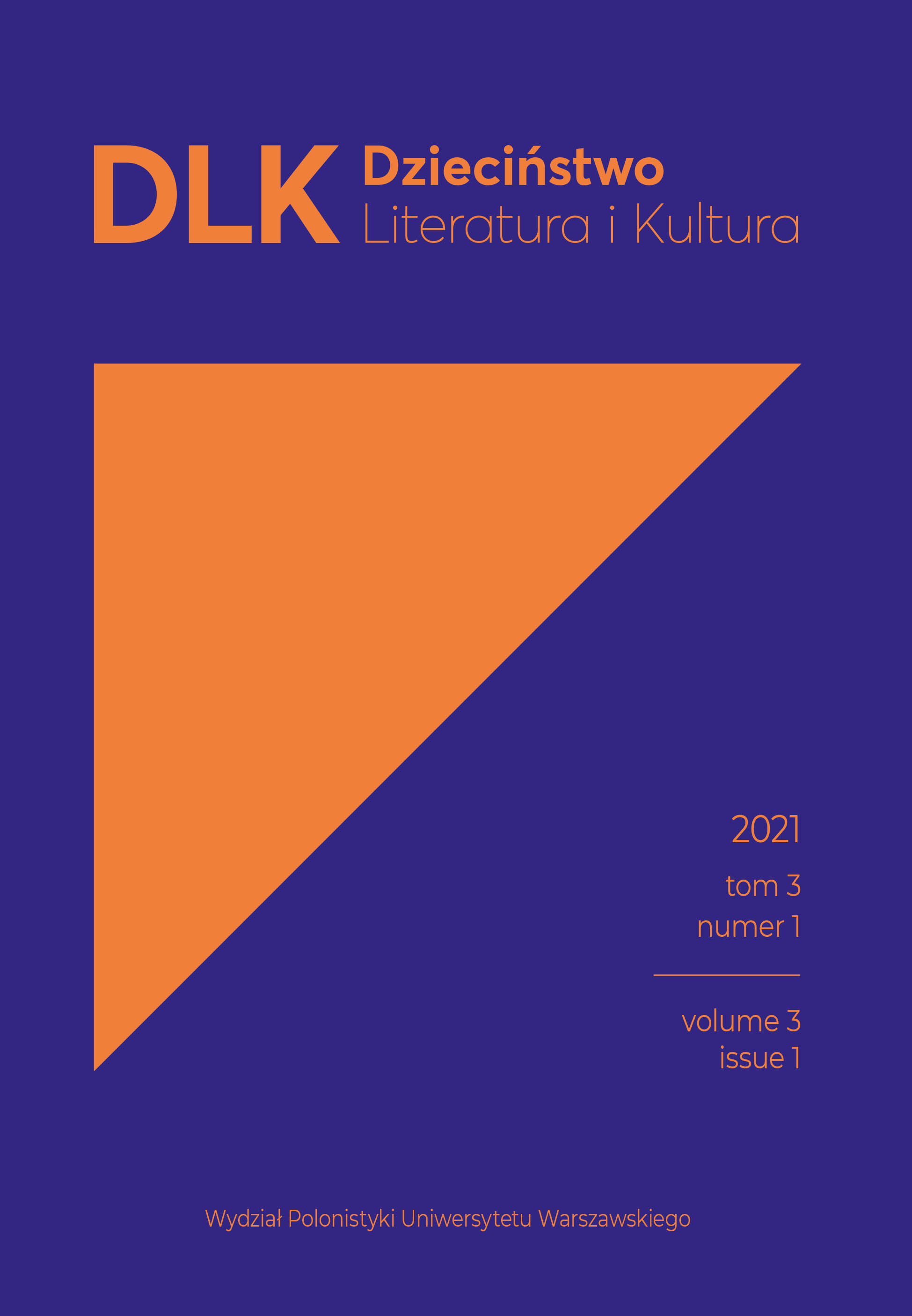CALL FOR PAPERS 2/2024

Body and Corporeality – Representations and Discourses in Cultural Texts about Childhood and Adolescence
We live in a reality where the body is not only a topic of discussion but also a space of tension. The media message about corporeality is ambivalent. On the one hand, we are flooded with images of fit bodies, filtered faces of influencers, and advertisements featuring models showcasing their youth and attractiveness. On the other hand, a seemingly appreciated body remains a taboo subject. Although mass popular culture is becoming more and more inclusive, we are still reluctant to talk about diseases, disabilities, old age, or complicated relationships with the body - essentially, about all bodies that do not fit into the generally accepted canon of beauty. Social movements such as body positivity and body neutrality are striving to challenge the status quo.
This discourse is not limited to the spheres of media and politics. The body has manifested in culture in various forms since ancient times. Even the first traces of human artistic activity - handprints on cave walls - are tangible reflections of human corporeality, showcasing fascination with their own body and the possibility of using it as a means of artistic expression. However, traditional conceptions of subjectivity reveal an aversion to the body; as Ewa Hyży (2012, p. 22) wrote, it is “the result of how the body and mind are understood and defined, namely as mutually exclusive categories. […] the mind becomes privileged over the body.” Elizabeth Grosz, who in the 1990s questioned the tradition of this dualistic approach, advocated for understanding the body as an element of identity - subject to inscriptions inside and outside, thereby constituting a cultural record of socio-political ideas, phenomena, and hierarchies.
What cultural imprints are left on the body during childhood and youth? How do these processes occur? How are they depicted in various cultural texts whose creators attempt to recognise and understand the split between body and mind, dealing with the binary understanding of identity? The scope and boundaries of this reflection are determined by the social conventions of the era and philosophical and religious thought, resulting in different representations of the body: as an object, a tool, an obstacle, a machine, an area of sensory experiences. The development of the newest technologies raises further questions about the definition, meaning, and limits of corporeality in a mechanised, digitised world.
In the coming issue, we aim to look at the transformations, dilemmas, discourses, and conflicts regarding the body and corporeality in relation to cultural perspectives on childhood and adolescence. We invite you to reflect on (pop)culture texts (literary, film, painting, digital, etc.) aimed at various age groups: children, teenagers, and adults. We suggest a reflection on motifs and narratives focused on the experiences of the child and adolescent body and the (un)acceptable images of corporeality in (pop)culture texts for children and adolescents.
We invite you to submit articles exploring, for example, the following problem areas:
- relationship with the body; body and mind;
- experiencing age: childhood, adolescence, youth, old age;
- “child’s paidomorphic body” as a challenge for postmodern children’s studies (Szymborska 2016, p. 204);
- from the world to the body and back; the body’s relationship with the outside world;
- Eros: sexuality, perversion;
- Thanatos: death, suffering;
- birth, parenthood, motherhood;
- gender, queerness, transgender;
- non-human bodies, technological body modifications;
- experiments on the human body;
- posthumanism, transhumanism, hybrid and cyborg bodies, bioconservatism;
- (de)constructions of opposition: “natural” vs. culturally “produced” bodies;
- disability;
- human sensoriality, sensory experience of reality;
- altered states of consciousness;
- physical and mental diseases, medical discourse;
- violence and physical aggression;
- body transformations: monstrosity, werewolfism, vampirism;
- anti-pedagogical exploration of bodily taboo;
- material feminism as a reflection on the formation of gender identity through the interaction of what is discursive and what is embodied;
- corporeality in/of the narrative.
We also invite you to submit texts unrelated to the issue’s theme to our Talks, Varia, and Review Articles sections.
Articles submission deadline: May 31, 2024
Submissions via the journal’s platform: https://www.journals.polon.uw.edu.pl/index.php/dlk
Bibliography
Hyży, E. (2012). Kobieta, ciało, tożsamość. Teorie podmiotu w filozofii feministycznej końca XX wieku. Universitas.
Szymborska, K. (2016). Children studies jako perspektywa metodologiczna. Współczesne tendencje w badaniach nad dzieckiem. Teksty Drugie, 1, 189–205.





